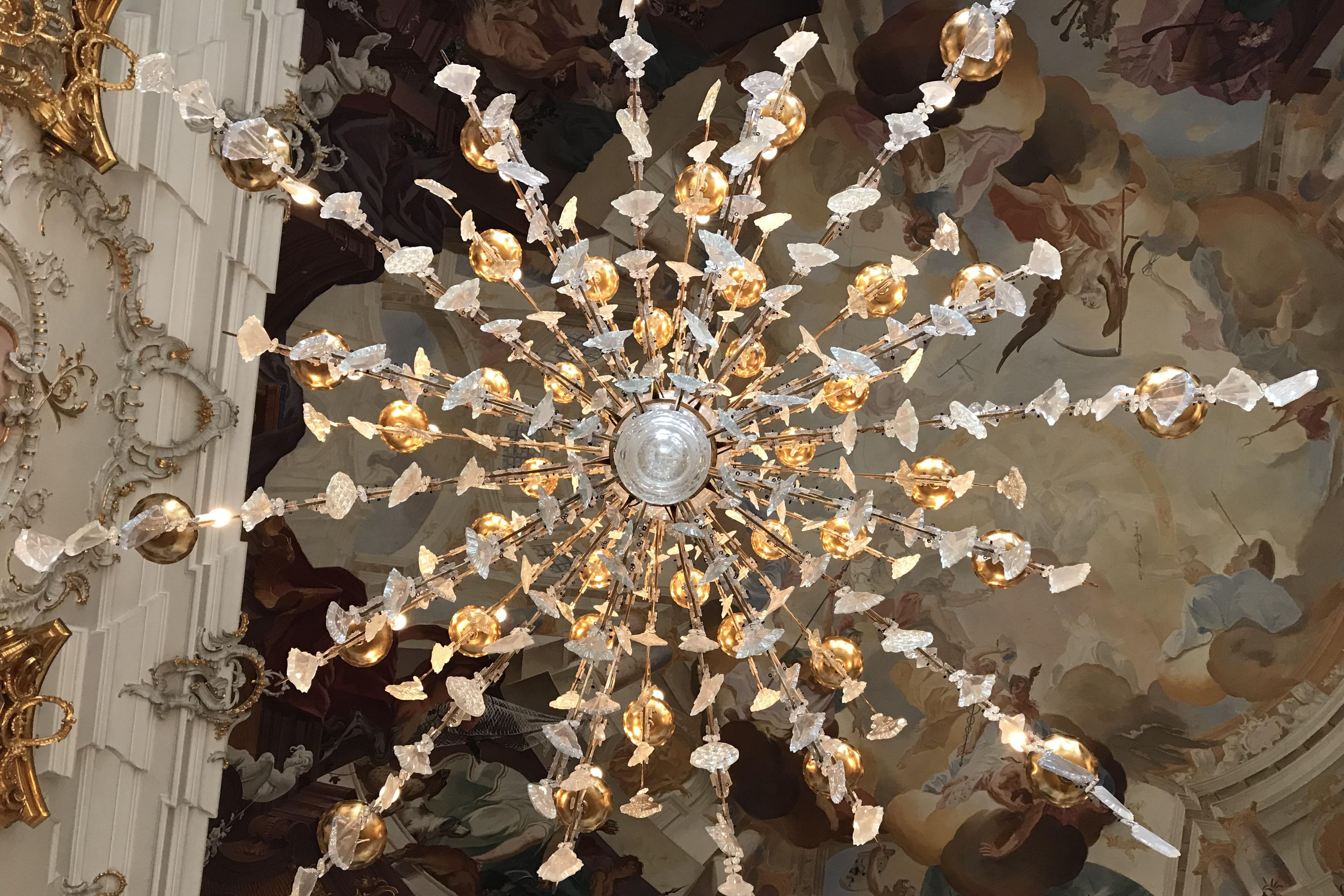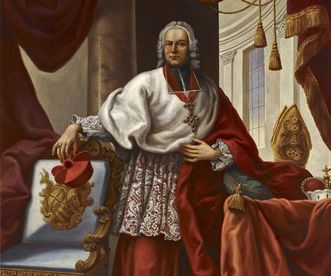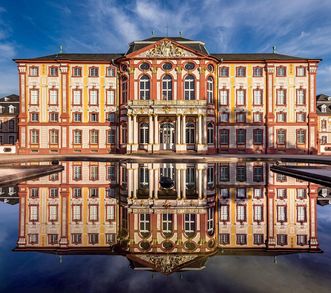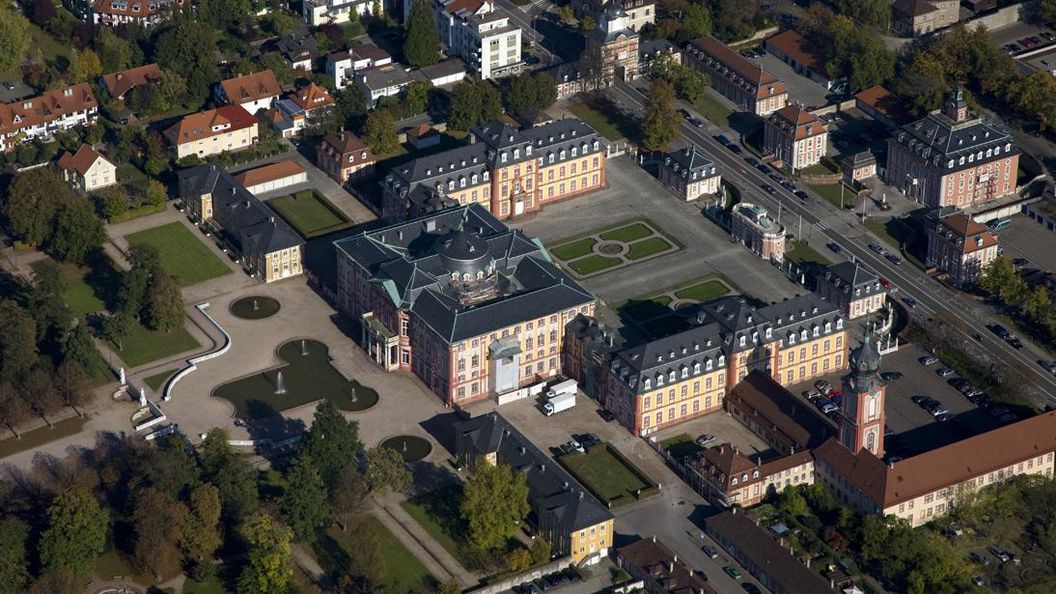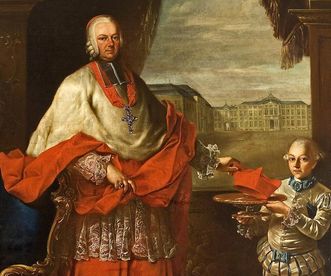Prince-bishopric and bishopric
In the Holy Roman Empire, a prince-bishop's power was two-fold: As a bishop, he was the spiritual ruler of his bishopric, and as a prince, he was the reigning sovereign and therefore also had political influence. The territory that the Prince-Bishop of Speyer ruled over was called a domain; however, it was significantly smaller than his bishopric. Some bishops held several offices. Damian Hugo von Schönborn, who also became Prince-Bishop of Constance in 1740, is one example.



